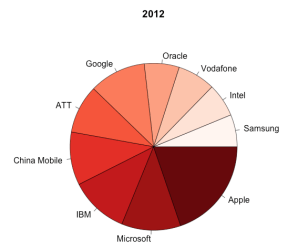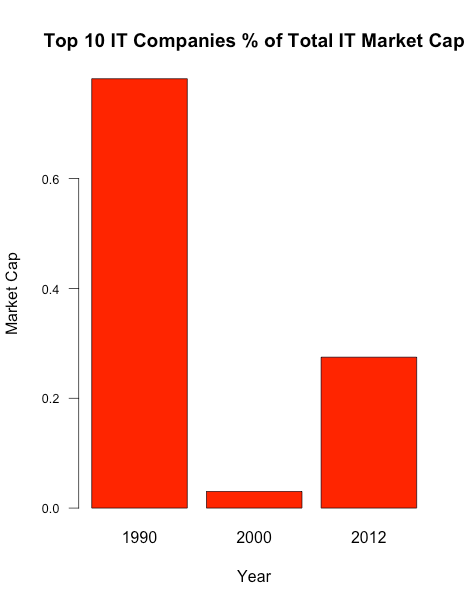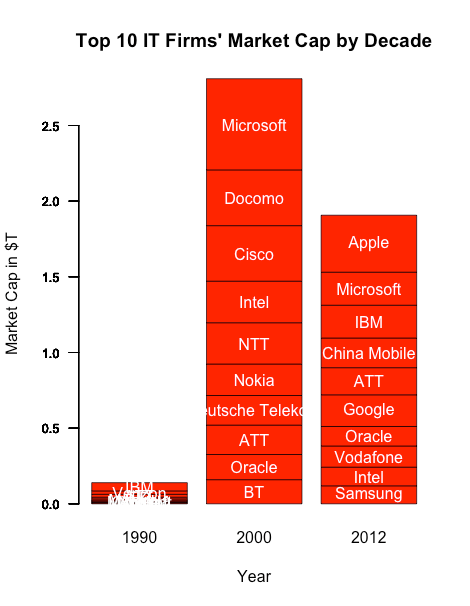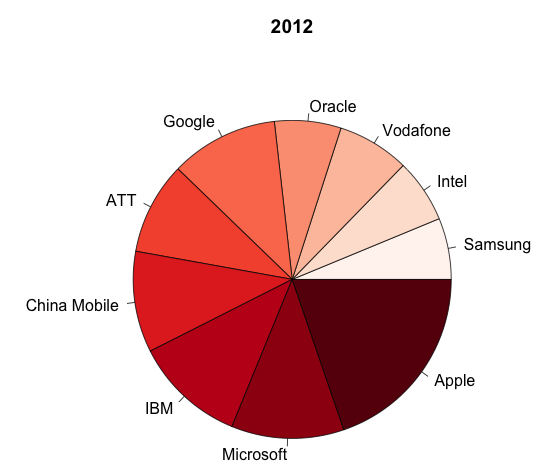Today’s itinerary takes us to Arizona, where researchers have developed a mirror technology they hope can make solar competitive. Next stop is Lowell, Massachusetts, a poster child for energy efficiency savings that other cash-strapped cities may find instructive. Keep reading for details on a transmission project in Vietnam that’s using GE’s latest fuseless technology, a metering trial with a twist in the UK and a geothermal conversion in Indiana.
In Arizona, it’s mirror, mirror on the sun

On the
University of Arizona campus in Tucson, researchers are using $1.5 million from the Department of Energy to improve a mirror-making technology they’ve developed with the aim of producing solar electricity at a price competitive with non-renewable energy sources. How? A house-sized frame of crisscrossing steel tubes referred to as the tracker is mounted onto a swiveling post in the concrete bottom of an empty swimming pool.
The tracker supports two curved, highly reflective glass mirrors, each measuring 10 feet by 10 feet. “We use mirror-making technology we developed at the UA to make highly concentrating solar mirrors,” said Roger Angel, Regents’ Professor of Astronomy and Optical Sciences and director of the Steward Observatory Mirror Lab. “Our technology holds the promise of getting the price of solar energy down to where it can be used on a large scale without depending on subsidies and be competitive in the electricity market.”
Cities, take a lesson from Lowell
With news of cities going bankrupt, it may be wise for cash-strapped burgs to take a look at what’s going on in Lowell, Massachusetts where an
energy efficiency project
is expected to save the city $1.5 million annually over a 20-year contract. Due to on-going budget constraints and

increasing operational costs, Lowell was facing needed infrastructure upgrades with limited funding. By partnering with Ameresco in an energy savings performance contract (ESPC), Lowell officials say they were able to replace outdated equipment and aging municipal infrastructure, lower utility costs and partially fund a city energy manager position, all on a budget-neutral basis without any upfront capital investment.
In addition, as a result of the energy efficiency measures implemented during the first phase of the project, Lowell is expected to save the equivalent of 6,158 tons of CO2 annually or equal to removing 1,023 cars from the road per year. The city-wide initiative included 47 of Lowell’s municipal buildings and over 23 energy conservation measures, including electrical, mechanical, weatherization, water and operational upgrades, and installation of photovoltaic arrays on several municipal properties.
Getting the geothermal ball rolling in Muncie
In the shadow of two outdated smokestacks and four antiquated coal-fired boilers,
Ball State University in Muncie, Indiana, has started the second and final phase of converting the university to a geothermal ground-source heat pump system – reportedly the largest project of its kind in

the United States. “When costs began to escalate for the installation of a new fossil fuel burning boiler, the university began to evaluate other
renewable energy options,” says Jim Lowe, director of engineering, construction and operations. “This led to the decision to convert the campus to a more efficient geothermal-based heating and cooling system.”
The conversion began in 2009 and today provides heating and cooling to half the campus. Ball State is installing a vertical, closed-loop district system that uses only fresh water. The system uses the earth’s ability to store heat in the ground and water thermal masses. A geothermal heat pump uses the earth as either a heat source, when operating in heating mode, or a heat sink, when operating in cooling mode. When the system is complete, the shift from fossil fuels to a renewable energy source is expected to reduce the university’s carbon footprint by nearly half while saving $2 million a year in operating costs.
Radio communications for smart meters on trial in the UK
An 18-month trial involving 1,000 homes in England’s Suffolk region is an attempt to prove that a long-range radio communications network is a better proposition than a mobile network for connecting
smart meters wherever their location. The project involves SmartReach, a collaboration of Arqiva, BT, BAE Systems Detica and
Sensus, as well as ScottishPower and
Siemens.
According to a press release, reaching meters with a single communications technology means that the installation process can be simpler and less expensive, with minimal repeat visits required and that costly, secondary communications solutions can be avoided. SmartReach is using Arqiva’s existing tower infrastructure and Sensus’ FlexNet smart metering communications solution. Siemens will coordinate, plan and manage

the installation of smart meters into participating homes and will also provide data to ScottishPower on a range of metrics to assess the speed and success of installation, as well as ongoing performance for scheduled and on-demand meter reads
Doubling transmission capacity in Vietnam
With Secretary of State Hillary Clinton on hand to witness the contract signing earlier this month in Hanoi,
GE will work with Vietnam National Power Transmission Corp. to double to double the country’s existing power capacity by upgrading its national backbone transmission system. GE’s series capacitor banks will be installed as part of the upgrade of the 500-kV Pleiku–Phu Lam transmission line to increase power capacity from 1,000 amps to 2,000 amps. The project utilizes GE’s latest fuseless technology to enable a 100 percent increase in the current capacity of the existing transmission line and installed infrastructure. GE said it will partner for the first time with a local corporation, 3C Company, to provide local content for the project.

























 uWhisp permet de partager des messages vocaux
directement sur Facebook, Twitter et d'autres sites internet. Une
initiative de plus qui marque un début d'ancrage du message audio sur
ces sites.
uWhisp permet de partager des messages vocaux
directement sur Facebook, Twitter et d'autres sites internet. Une
initiative de plus qui marque un début d'ancrage du message audio sur
ces sites. L'application mobile HealthTap connecte les
utilisateurs à un réseau de médecins, que le patient peut solliciter en
échange de micro-transactions.
L'application mobile HealthTap connecte les
utilisateurs à un réseau de médecins, que le patient peut solliciter en
échange de micro-transactions.